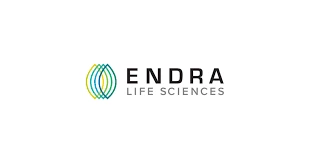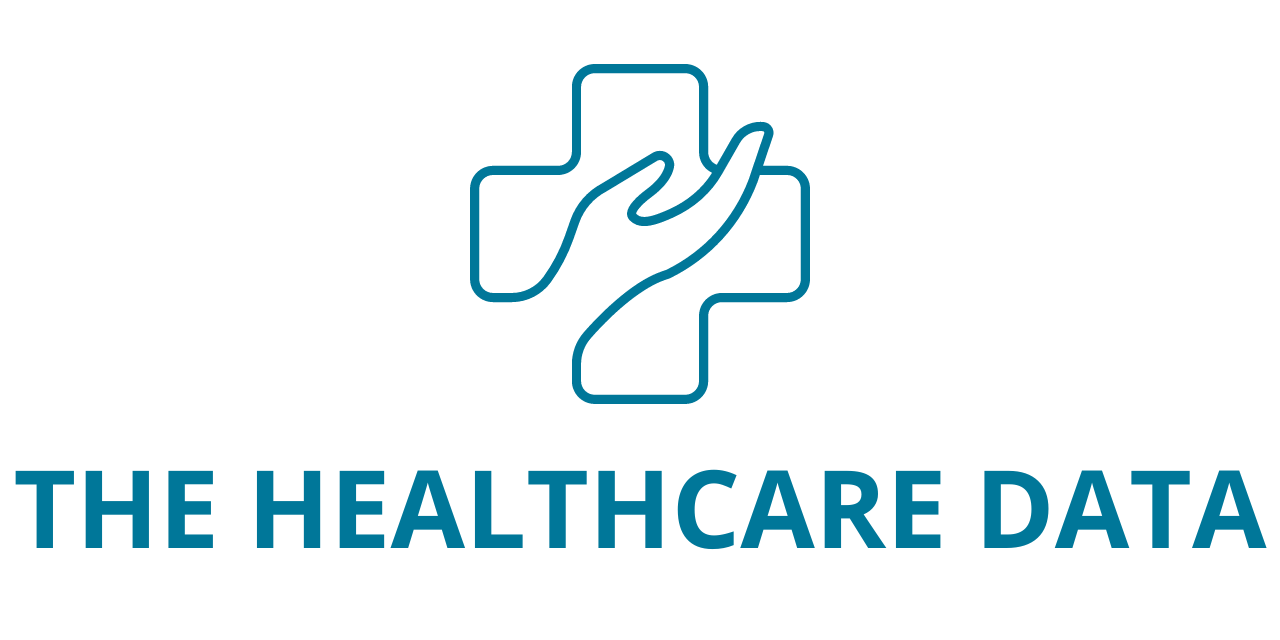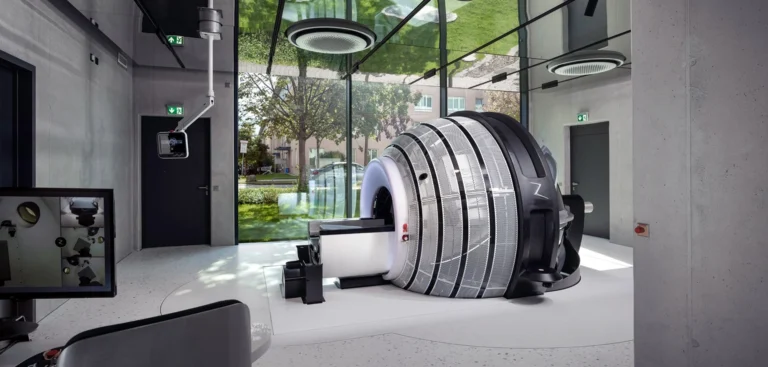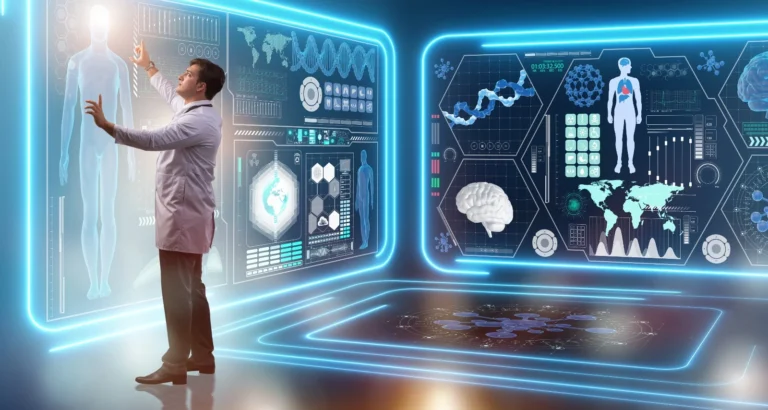ENDRA Life Sciences Announces Strategy for Early Detection and Management of Metabolic Diseases with GLP-1 Therapies
ENDRA Life Sciences Inc. (NASDAQ: NDRA), a leader in Thermo-Acoustic Enhanced UltraSound (TAEUS®) technology, recently announced a new strategic direction to develop and deploy its TAEUS system as a solution for the early detection and management of metabolic diseases, particularly in patients undergoing treatment with glucagon-like peptide-1 (GLP-1) drugs and other therapies for metabolic dysfunction-associated steatohepatitis (MASH).
The company’s leadership has reevaluated its technical capabilities and go-to-market strategy, recognizing that the market opportunity in metabolic diseases is far larger and more viable than their prior focus on hepatology and radiology. Metabolic diseases, being an upstream phenomenon, contribute to several risk factors, including those specific to liver diseases. With this new direction, ENDRA’s mission has evolved to develop and market an affordable, easy-to-use, point-of-care test for assessing and managing steatotic liver disease (SLD). This test would essentially function like a “blood pressure cuff” for the liver, offering a simple yet effective means of monitoring liver health.
SLD is a rapidly growing health concern that affects over two billion people worldwide, including approximately one-third of the U.S. population. As GLP-1 therapies become increasingly adopted to treat conditions such as obesity, type 2 diabetes, and cardiovascular diseases, there is a critical need for a low-cost, easy-to-use, and reliable diagnostic tool for monitoring liver health. According to Alexander Tokman, CEO of ENDRA Life Sciences, “We believe our TAEUS technology is uniquely positioned to address this unmet need and support providers, patients, and payers in managing liver health more effectively.”

The company’s updated strategy includes targeting new customer segments, refining TAEUS features for easier adoption, and realigning its business model. These strategic shifts are designed to cater to the needs of new markets, such as pharmaceutical companies, clinical research organizations, and primary care practices, while maintaining the scalability and accessibility of TAEUS technology.
Identified New Customer Segments
ENDRA’s new focus includes targeting four primary markets:
- Pharmaceutical companies and clinical research organizations: These entities will use TAEUS for the efficient screening and monitoring of clinical trial participants receiving GLP-1 therapies.
- Concierge medical practices: These practices can use TAEUS to screen patients for obesity, diabetes, cardiovascular risk factors, and liver disease, as well as monitor responses to treatments.
- Bariatric and metabolic clinics: These clinics can utilize TAEUS to manage obesity and detect metabolic disorders, providing real-time feedback on therapy effectiveness.
- Primary care and internal medicine practices: These healthcare providers will benefit from TAEUS for screening and monitoring patients at risk for metabolic diseases, such as obesity, hypertension, and cardiovascular disease.
ENDRA aims to engage these healthcare providers, who are likely to manage patients prescribed GLP-1 therapies, instead of hepatologists, to achieve broad adoption of TAEUS across various segments.
Redesigning TAEUS for Market Expansion
In response to market needs, ENDRA will further develop the TAEUS system to enhance its accuracy, ease of use, and cost-effectiveness. New features will include:
- Artificial intelligence integration to improve diagnostic accuracy.
- Full integration of thermo-acoustic and ultrasound technologies in a single device, simplifying the clinical workflow and reducing procedure time.
- A reduced form factor and lower manufacturing costs to make the device more scalable for large market adoption.
The redesigned TAEUS system will meet the specific needs of the new target markets, especially the high-demand primary care segment, by offering enhanced functionality and ease of use.
Subscription-Based Sales Model
To minimize barriers to entry, ENDRA plans to offer TAEUS through a subscription-based sales model, allowing customers to pay monthly without incurring large upfront capital expenditures. This model is designed to increase customer uptake by reducing financial obstacles. The company also plans to use a small direct sales force to drive this initiative, leveraging clinical results to demonstrate TAEUS’ value.
Expanding TAEUS Applications
Beyond liver health, ENDRA envisions expanding TAEUS technology to other high-value applications, including:
- Temperature monitoring during ablation therapies
- Vascular and tissue perfusion assessments
These additional uses will further enhance TAEUS’ versatility and broaden its appeal across multiple medical fields.
Addressing a Global Health Crisis
SLD is often asymptomatic and difficult to detect at early stages, making it a growing global health concern. It is closely linked to metabolic syndrome and chronic conditions like obesity, type 2 diabetes, cardiovascular diseases, and even liver cancer. Despite its prevalence, reliable, affordable, and accessible point-of-care tools to detect and monitor liver fat remain scarce. ENDRA’s TAEUS technology addresses this gap, offering a promising solution for the early detection and management of SLD and related metabolic diseases.
With its revised strategy and technological advancements, ENDRA Life Sciences is poised to make a significant impact on metabolic health. By leveraging TAEUS, the company aims to provide an innovative tool that enables early intervention and better management of metabolic diseases, ultimately improving health outcomes for millions of patients worldwide.
About ENDRA Life Sciences Inc.
ENDRA Life Sciences is the pioneer of Thermo-Acoustic Enhanced UltraSound (TAEUS®), a groundbreaking technology designed to assess tissue fat content and monitor tissue ablation during minimally invasive procedures. ENDRA’s mission is to develop tools for the early detection and monitoring of steatotic liver disease and related conditions, using non-invasive, affordable, and accessible diagnostic technologies to improve patient care globally.





